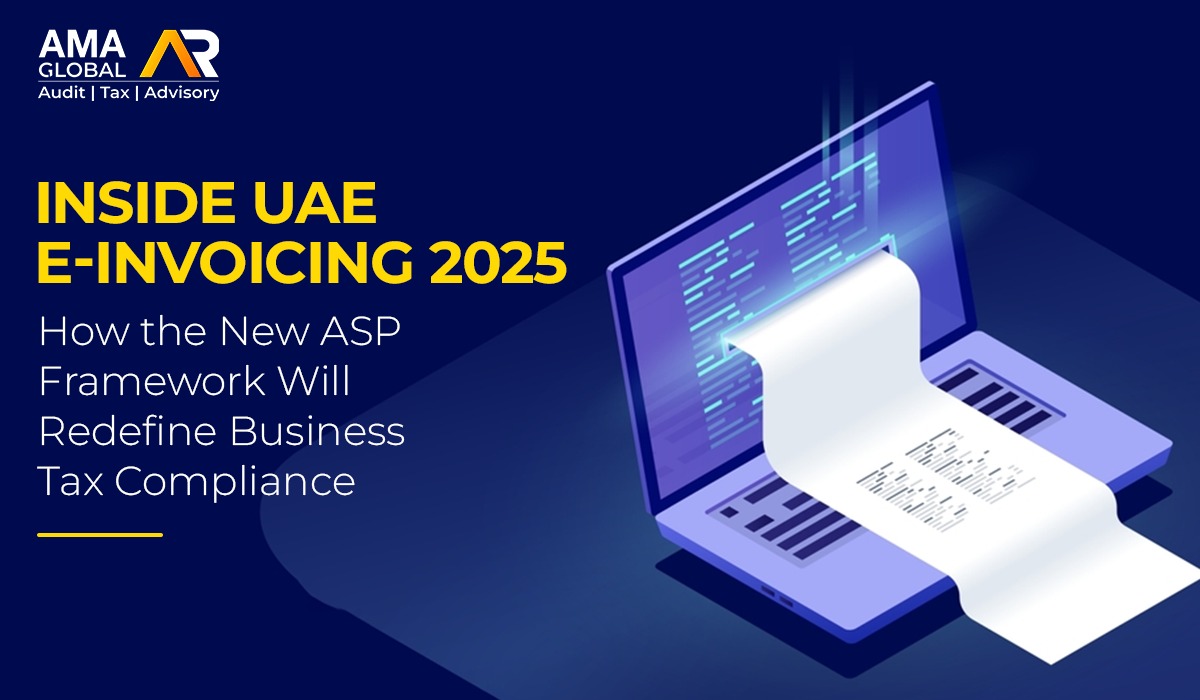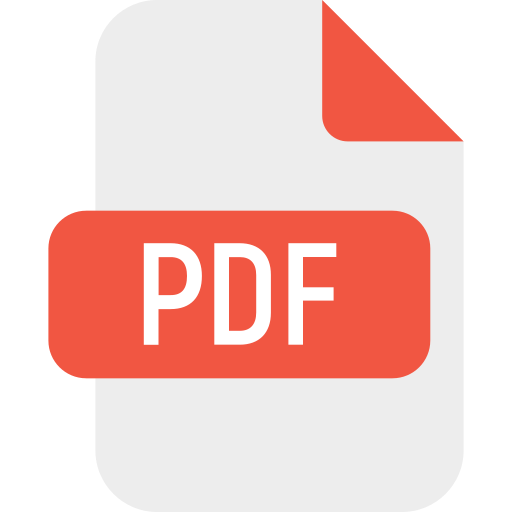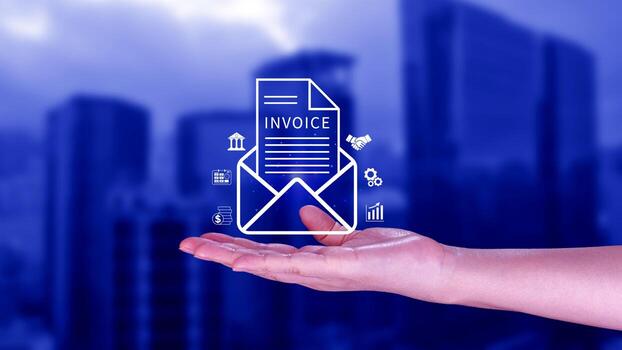
The UAE E-Invoicing revolution marks a significant leap in the country’s journey toward digital transformation and intelligent tax administration. Designed under the Federal Tax Authority (FTA) and the Ministry of Finance (MOF), this new system introduces a paperless, standardized, and secure e-invoicing ecosystem that will redefine how businesses operate, report, and remain compliant.
The initiative, backed by Ministerial Decisions No. 243, 244, and 64 of 2025, demonstrates the UAE’s long-term vision to enhance transparency, strengthen governance, and reduce administrative burdens through automation. It not only modernizes tax processes but also aligns the UAE with global best practices in electronic invoicing — particularly the Peppol framework widely recognized across Europe and Asia.
1. From Paper to Peppol: The Technology Behind UAE’s E-Invoicing
One of the most groundbreaking aspects of UAE E-Invoicing 2025 is the adoption of the Decentralized Continuous Transaction Control and Exchange (DCTCE) model — a five-corner Peppol architecture that ensures interoperability, data security, and real-time tax visibility.
Unlike centralized e-invoice systems, where all invoices pass through a single government portal, the UAE’s model allows businesses to exchange validated invoice data directly through Accredited Service Providers (ASPs). These ASPs act as certified intermediaries, ensuring that every transaction meets FTA reporting standards and Peppol (PINT AE) requirements.
How the system works:
- The supplier creates an e-invoice in its ERP or accounting system.
- The sending ASP validates and transmits the invoice through the OpenPeppol network.
- The receiving ASP delivers the verified invoice to the buyer’s system.
- Simultaneously, the FTA’s data platform receives structured invoice data for real-time compliance checks.
This five-corner DCTCE model provides a balance between flexibility and control — ensuring that businesses retain their autonomy while regulators receive real-time, accurate tax information. Moreover, all invoice data remains within the UAE’s digital borders, protecting data sovereignty and minimizing cybersecurity risks.
By leveraging Peppol technology, the UAE joins a network of over 40 jurisdictions globally, making cross-border trade easier, faster, and fully compliant.
2. Accredited Service Providers (ASPs): The Cornerstone of Compliance
At the heart of the UAE E-Invoicing framework lies the concept of Accredited Service Providers (ASPs). These are government-approved intermediaries that bridge the communication between businesses and the FTA through secure data exchange protocols.
As outlined in Ministerial Decision No. 64 of 2025, ASPs play a critical role in ensuring that every e-invoice issued in the UAE adheres to local and international standards.
To qualify as an ASP, technology firms must meet stringent conditions, including:
- OpenPeppol certification and successful interoperability testing.
- At least two years of operational experience in e-invoicing or data exchange systems.
- A minimum paid-up capital of AED 50,000 and valid UAE commercial registration.
- Compliance with ISO 27001 (Information Security Management) and ISO 22301 (Business Continuity Management).
- Insurance coverage up to AED 5 million covering professional, cyber, and crime risks.
- A requirement to provide 100 free e-invoice exchanges annually to support SME inclusion and encourage digital adoption.
The Ministry of Finance maintains a Central Register of approved ASPs, re-evaluated every two years to ensure continuous compliance. This framework ensures that only qualified, secure, and resilient providers facilitate e-invoice exchanges in the UAE.
For businesses, selecting the right ASP will be one of the most critical strategic decisions during the transition phase, as it affects data flow, reporting accuracy, and compliance readiness.
3. Implementation Roadmap: Gradual but Transformative
The UAE’s E-Invoicing Programme will roll out in multiple phases, ensuring a smooth transition across different business categories.
According to Ministerial Decision No. 244 of 2025, the rollout will begin with a pilot program before full enforcement:
| Phase | Category | ASP Appointment Deadline | Go-Live Deadline |
| Pilot | Selected Businesses | — | 1 July 2026 |
| Phase 1 | Businesses with annual revenue ≥ AED 50 million | 31 July 2026 | 1 January 2027 |
| Phase 2 | Businesses with revenue < AED 50 million | 31 March 2027 | 1 July 2027 |
| Phase 3 | Government Entities | 31 March 2027 | 1 October 2027 |
During the pilot phase, a limited number of businesses will test the interoperability of the ASP network, ensuring the system’s readiness for nationwide rollout.
It’s worth noting that Business-to-Consumer (B2C) transactions remain outside the initial mandate, allowing regulators to focus on establishing a strong B2B and B2G infrastructure first.
4. Strategic Outcomes: Why UAE E-Invoicing Matters Beyond Compliance
The UAE’s E-Invoicing model is not merely a tax administration tool — it’s a catalyst for the country’s digital economy transformation. By standardizing, automating, and connecting every commercial transaction, the UAE is building a real-time economic ecosystem where financial data becomes a driver of strategic insight.
The benefits extend far beyond tax compliance:
- Reduced VAT leakage: Real-time visibility minimizes tax evasion and under-reporting.
- Faster business cycles: Automation reduces manual data entry, validation, and reconciliation time.
- Enhanced audit accuracy: Standardized invoice formats simplify tax audits and error detection.
- Improved policymaking: Aggregated, anonymized invoice data helps the FTA analyze economic trends.
- Global interoperability: The Peppol standard connects UAE businesses to international partners with ease.
- Operational efficiency: Electronic validation and storage streamline procurement and accounting workflows.
Ultimately, the UAE’s E-Invoicing ecosystem lays the groundwork for smarter governance, improved competitiveness, and a more transparent business environment aligned with global sustainability and digitalization goals.
5. Preparing for the Transition: A Step-by-Step Guide for Businesses
To ensure compliance and maximize efficiency, companies should begin preparations well before their designated phase.
Here’s how to get ready for UAE E-Invoicing:
- Map existing invoicing processes: Identify all points where invoices are generated, sent, or received.
- Audit ERP systems: Ensure compatibility with Peppol PINT AE standards and FTA-required data fields.
- Engage with Accredited Service Providers (ASPs): Evaluate providers based on integration capabilities, support, and data-security certifications.
- Upgrade IT infrastructure: Prepare internal systems for real-time validation, digital signatures, and automated reporting.
- Train finance and accounting teams: Educate staff on new procedures, validation rules, and compliance timelines.
- Monitor regulatory updates: Stay informed on FTA circulars, pilot results, and any amendments to the E-Invoicing legislation.
Businesses that begin their digital transformation early will gain a significant advantage, reducing operational friction and ensuring seamless compliance by the 2027 deadline.
FAQs on UAE E-Invoicing
1. What makes UAE E-Invoicing unique compared to other countries?
The UAE’s model follows a decentralized Peppol architecture (the five-corner model), offering real-time tax visibility without forcing all data through a single central portal.
2. When do small and medium enterprises (SMEs) need to comply?
SMEs with revenue below AED 50 million fall under Phase 2, with mandatory compliance starting 1 July 2027.
3. Can companies adopt the system voluntarily before it’s mandatory?
Yes. From 1 July 2026, any taxpayer may voluntarily join the system to gain early operational experience.
4. What are the penalties for missing ASP onboarding deadlines?
Non-compliance after the enforcement date may result in administrative fines and penalties, as per the Tax Procedures Law and FTA regulations.
5. Does UAE E-Invoicing apply to all transactions?
The mandate currently covers B2B and B2G transactions. B2C transactions will be introduced later, following additional regulatory review.
6. How long must e-invoice data be retained?
Businesses must retain invoice data within the UAE for the legally required retention period, ensuring both accessibility and data protection.
Conclusion: UAE E-Invoicing and the Future of Business Compliance
The UAE E-Invoicing framework is a monumental step toward intelligent tax infrastructure, enabling businesses to operate in a fully digital, transparent, and globally aligned environment.
By collaborating with Accredited Service Providers (ASPs), leveraging Peppol standards, and upgrading ERP systems for compliance, organizations can not only meet regulatory demands but also improve operational agility, reduce costs, and enhance credibility in global markets.
Early adoption is key — companies that start preparing now will be better positioned to navigate the 2027 enforcement phase and enjoy the benefits of a streamlined, future-ready tax ecosystem.
The UAE’s move toward E-Invoicing 2025 isn’t just a policy shift — it’s a vision for a smarter, faster, and more connected digital economy.






